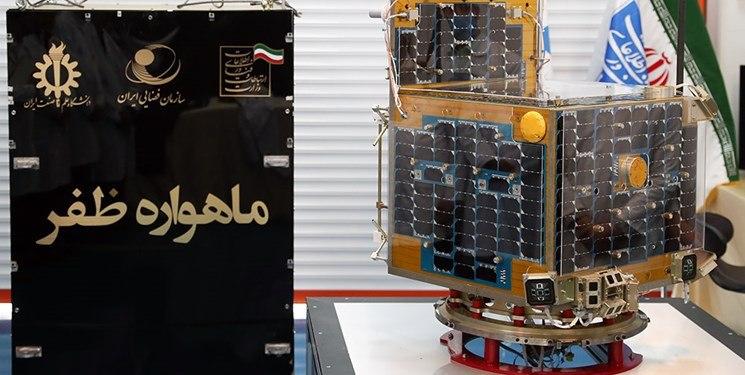Morteza Barari, the head of the Iranian Space Agency, says the satellite and its carrier Simorgh have no technical problems, and it will soon be launched into orbit.
“We have postponed the launch of Zafar so that accuracy is not sacrificed for the sake of speed,” he noted.
“The new date of launch will soon be announced,” he added.
Zafar is a monitoring satellite, which will be sent into orbit, about 500 km above earth’s surface.
For a brief review of Iran’s achievements in various fields of science and technology, check the book “Science and Technology in Iran: A Brief Review – 2019”
High-resolution images sent back by Zafar will be used to find new oil reservoirs, and will help with mining, forestry, identifying salty and alkaline lands, plant diseases and pests, and will also help with management of natural disasters.
The satellite will reportedly have a lifespan of one year and six months, and will capture images and transmit them to stations on earth.
It was earlier reported that the Simorgh rocket which will carry Zafar satellite into orbit has already been transferred to the Imam Khomeini Space Base in Semnan province, east to Tehran.
The Iranian satellite carrier rocket ‘Simorgh’ is capable of putting satellites weighing up to 250 kilograms in an orbit 500 km above earth’s surface.
